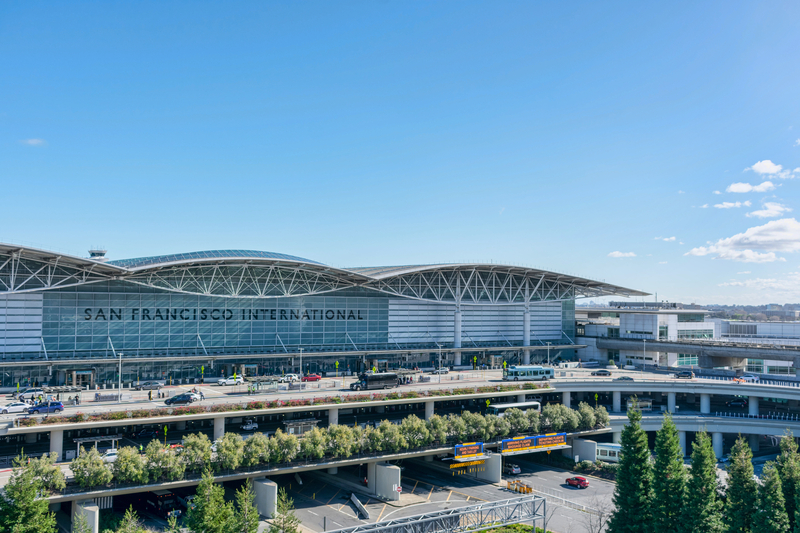FAA Reducing Flight Capacity By 10% With Mass Cancellations Expected

ID 268880614 | Airport Security © Jim Lambert | Dreamstime.com
Starting Friday, November 7, 2025, the FAA will cap flight capacity by ~10% at the nation’s 40 busiest airports if the federal shutdown continues. The stated rationale: reduced air traffic control staffing (fatigue, sick calls, training gaps) is pushing facilities beyond safe throughput, so the agency will meter demand to match staffing.
Who’s impacted & where
“Markets” here effectively means individual airports (IATA/ICAO codes unchanged) rather than specific city-pairs or airspace sectors. The FAA’s 10% cut will be spread across the top-traffic fields (think major hubs and congested metros). Airlines will receive flow constraints they must meet—expect schedule thinning across departures and arrivals, not just on a handful of routes.
For scale: the U.S. typically operates ~50,000 flights/day. A blunt 10% cut implies ~5,000 fewer flights daily and hundreds of thousands of disrupted itineraries—plus higher fares and tighter seats on the flights that do operate.
How airlines are likely to implement this
Carriers can’t rebuild entire schedules overnight, so expect practical triage:
-
Trim peak banks (morning/evening) to reduce choke points.
-
Consolidate frequencies on trunk routes (e.g., three flights become two on JFK–LAX, ORD–DEN, etc.).
-
Protect long-hauls and international waves; cut regionals first when possible.
-
Roll cancellations (announced in batches) to keep crew and aircraft rotations viable at hubs like ATL, DFW, DEN, ORD, IAH, LAX, JFK/EWR/LGA, CLT, PHX, SEA.
Note: Airport codes and slot rules remain the same; this is a temporary throughput throttle, not a re-slotting exercise.
Why ATC staffing drives a capacity cap
When controller availability drops, facilities institute miles-in-trail, ground delay programs, and airspace flow programs. A scheduled 10% cut is a preemptive safety valve to avoid cascading holds, diversions, and runway queues that would waste fuel and duty time—and still end in cancellations. In plain English: fewer planned flights = fewer day-of meltdowns.
What travelers should do right now
-
If you fly Friday–next week: Proactively move to earlier flights or non-peak times the same day. Earlier departures statistically rebook easier.
-
Build padding for connections (aim 2–3 hours domestically, 3–4 hours for international).
-
Monitor your PNR in the airline app; turn on push alerts. If your flight is “UN”/canceled, rebook in-app first—phone queues will be long.
-
Know your rights & tools: Same-day change policies, protected connections, interline agreements, and credit card trip protections.
-
Check alternates: Nearby airports (e.g., FLL/MIA, JFK/EWR/LGA, DAL/DFW, SNA/LAX/BUR) and nonstops over connects.
Operational quirks to expect
-
Ground stops and GDPs layered on top of the 10% cut during weather.
-
Irregular ops crews: Out-of-base aircraft/crews ferried to cover gaps, causing day-two ripple effects.
-
Equipment swaps (mainline ↔ regional) to consolidate demand, changing seat maps and upgrades.
The politics (briefly)
Large, visible disruptions (airport boards full of “Canceled”) ratchet public pressure. That can accelerate a shutdown resolution—but blame is in the eye of the voter. Regardless of spin, the aviation system can’t run at full tilt without a stable, fully staffed ATC workforce. The 10% cap is meant to buy safety margin, not to “make a point.”
Key dates & timing
-
Nov 7 (Fri): 10% cap takes effect (if the shutdown persists).
-
Through next week: Expect rolling adjustments day by day as staffing and weather vary.
-
After resolution: Caps can lift quickly, but crew/aircraft positioning takes 24–72 hours to normalize.
Bottom Line
The FAA will meter traffic by ~10% at the 40 busiest airports beginning Friday, which means broad cancellations and tighter seats even if your specific flight isn’t cut. If you’re traveling, rebook early, avoid peaks, and leave bigger connection buffers. The policy is a safety release valve for understaffed ATC facilities; operational pain now is meant to prevent outright chaos later.





